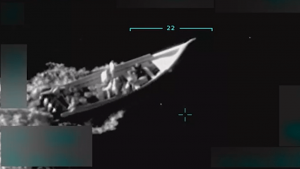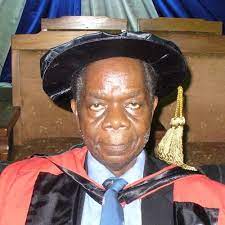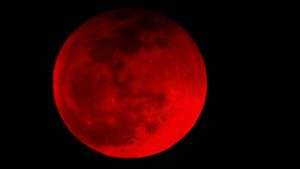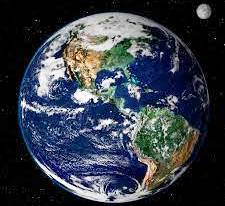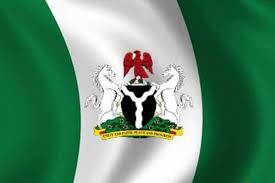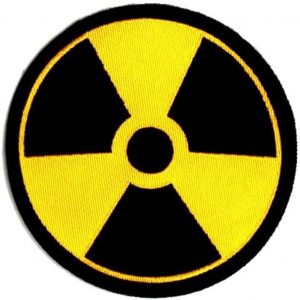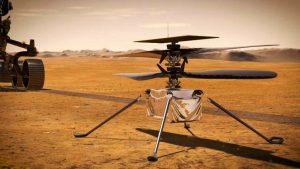India’s first indigenously-built 700 MWe Unit, KAPP-3, in Kakrapar, Gujarat, became commercial on 30th June, 2023. The unit is operating at 90% capacity and was connected to the grid on January 10, 2022 before it started commercial operations.
It is a Pressurised Heavy Water Reactor, PHWR, and is the first of the two under construction in Kakrapar.
The PHWR uses natural uranium as fuel and heavy water as moderator.
India is building 16 PHWRs of 700mw across the country.
India has 22 reactors in operation in eight nuclear power plants with a total installed capacity of 7,380 MW.
Nuclear Power is the fifth largest source of electricity in India after coal, gas, wind and hydro.
US, Russia and China helped India in its peaceful nuclear programme before now.
India had a nuclear weapon test on 18 May, 1974 but angered many of its allies with a series of nuclear warheads tests from 11 to 13 May, 1998.
Pakistan responded with its own nuclear weapons tests from 30 May, 1998.
US President Bill Clinton announced economic and military sanctions against India on 13 May and against Pakistan on 30 May, 1998.
US turned round on July 18, 2005 to assisting India with the Civil Nuclear Cooperative Initiative which requires that it brings its entire nuclear programme under the supervision of the IAEA, UN nuclear watchdog.
India depends heavily on Russia for its Uranium nuclear fuel.

